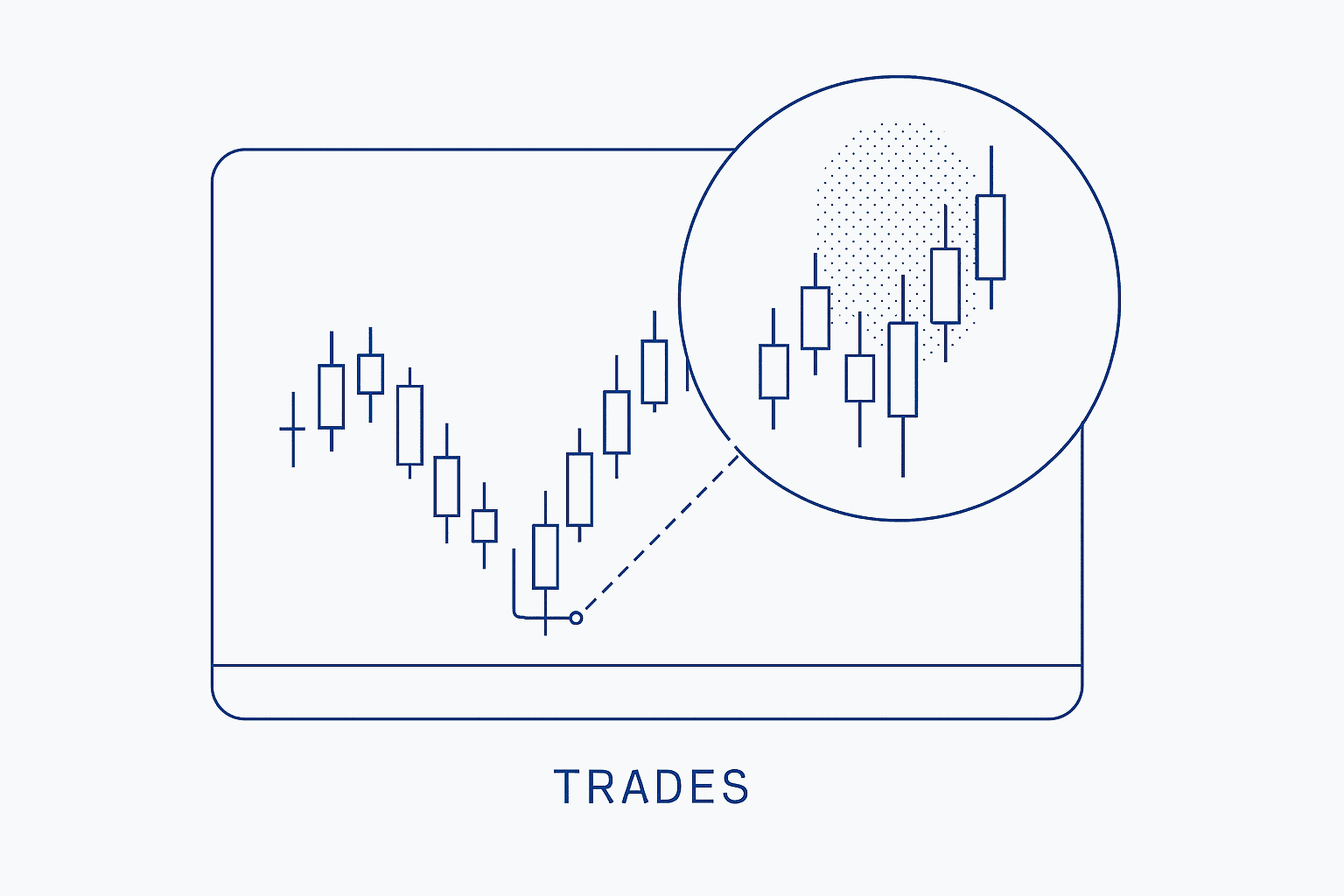Have you ever wondered about the differences between break even and unit cost metrics in Gunbot? This article will clear up any confusion and help you make an informed decision on which metric to choose when using strategies like stepgridscalp. Let's dive in!
Tip: Understanding these metrics will enable you to make better decisions when configuring your Gunbot trading strategies.

The Basics of Break Even and Unit Cost Metrics 📊
Both break even and unit cost metrics share a common goal: to analyze spot order history and determine at which price it becomes profitable to start selling. They both account for trading fees as configured in Gunbot's exchange settings. However, there are some key differences:
- Unit Cost: Represents the average cost of remaining balance that can be sold, considering even partial sell orders. Selling above the unit cost guarantees a profit on every single sell order.
- Break Even: Represents the price at which the remaining balance can be sold for the entire order group (since opening the position) to be profitable. This means that some individual sell orders might report a loss, but the total group of orders should be profitable.
Choosing between break even and unit cost is a matter of personal preference, but unit cost is generally considered the safer choice.
Note: Market orders may lead to slippage and cause losses if an order fills at a much worse rate than the minimum target.
The strategy gain target is set as a percentage above the unit cost or break even, with the option to use 'dynamic exit logic' to automatically switch between break even and unit cost based on market data.
Example to Illustrate the Differences 🧐
Let's look at two fictional scenarios to better understand the distinction between break even and unit cost metrics.
Example: Unit Cost vs. Break Even
Imagine you bought several items at different prices and now want to sell them for profit:
- Unit Cost: You calculate the average cost of all unsold items and set your selling price above that number. This way, each sale guarantees a profit.
- Break Even: Your goal is to cover the total cost of all items, including previous sales, fees, and profits. You don't mind selling some items at a loss as long as the entire group of transactions is profitable.
In Unit Cost mode, you'll only see positive profitable orders whereas in Break Even mode, you may see notifications of sells done at a loss (as it's working on the entire position).
Both break even and unit cost have their advantages and disadvantages, so choose the metric that best aligns with your trading goals and risk tolerance.